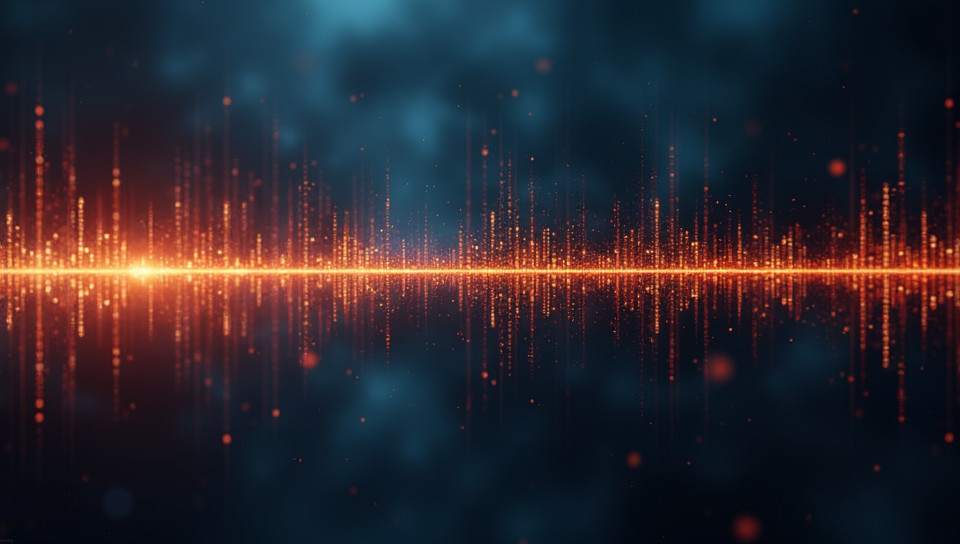Noise levels are difficult to measure accurately 55%

The Elusive Quest for Accuracy: Why Noise Levels Are Difficult to Measure
Have you ever found yourself in a situation where the noise levels seemed unbearable, only to have someone tell you that they were within safe limits? Or perhaps you've been tasked with measuring the noise levels in your workspace, only to discover that the results are inconsistent and hard to interpret. If so, you're not alone. Measuring noise levels accurately is a challenging task, one that requires careful consideration of various factors.
The Complexity of Noise Measurement
Noise measurement is not as straightforward as it seems. There are many different types of noise, each with its own unique characteristics and effects on the human ear. From the constant rumble of traffic to the piercing shriek of a siren, noise comes in all shapes and sizes. And then there's the issue of background noise, which can mask or distort sound levels, making it difficult to get an accurate reading.
The Role of Instrumentation
One of the main challenges of measuring noise levels accurately is the instrumentation used to do so. Sound level meters (SLMs) are commonly used to measure noise levels, but they can be prone to errors and inconsistencies. Factors such as calibration, frequency response, and placement can all affect the accuracy of the readings.
- Incorrect calibration can lead to inaccurate measurements
- Frequency response issues can result in skewed results
- Placement can impact the measurement, especially in complex environments
The Human Factor
Another challenge when measuring noise levels is the human factor. Noise perception varies from person to person, and even within a single individual over time. What one person finds intolerable, another might not notice at all. This makes it difficult to establish clear-cut guidelines for what constitutes acceptable or unacceptable noise levels.
The Solution: A Holistic Approach
So how can we overcome these challenges and measure noise levels accurately? The solution lies in adopting a holistic approach that takes into account the various factors mentioned above. This might involve:
- Using high-quality instrumentation and following strict calibration procedures
- Accounting for background noise and its potential impact on readings
- Taking into consideration individual noise perception and tolerance
Conclusion
Measuring noise levels accurately is a complex task that requires careful attention to detail and a deep understanding of the various factors involved. By acknowledging these challenges and adopting a holistic approach, we can improve our ability to measure noise levels with confidence. This is not only important for occupational health and safety but also for our overall well-being in an increasingly noisy world.
- Created by: Sofia Mendoza
- Created at: Jan. 15, 2025, 2:56 p.m.
- ID: 17917








